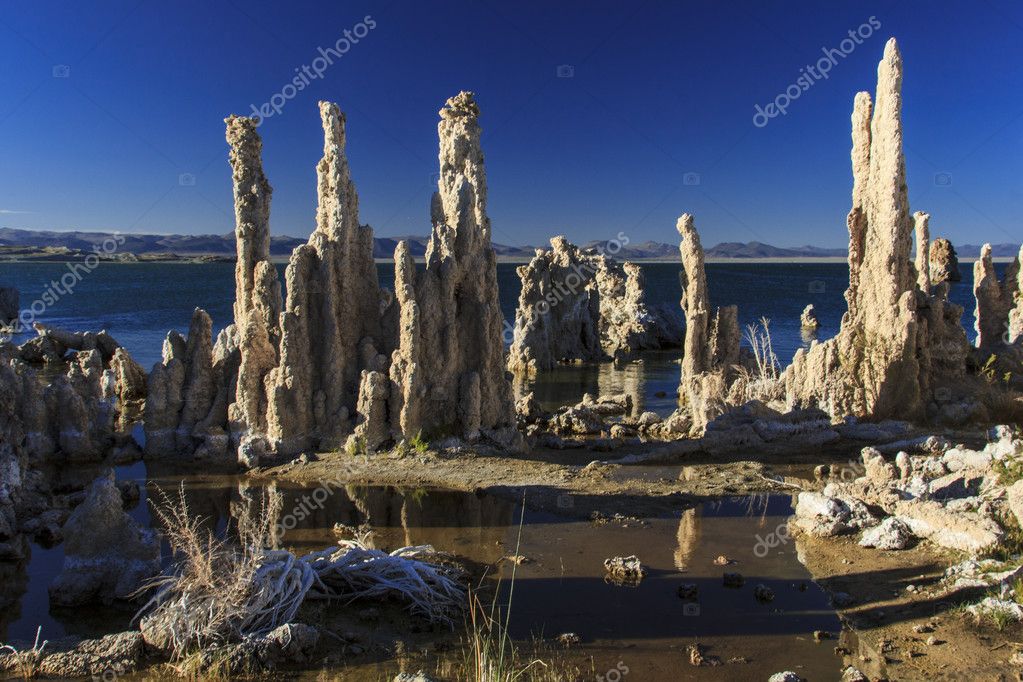Mono Lake Tufas — Photo
L
2000 × 1333JPG6.67 × 4.44" • 300 dpiStandard License
XL
5108 × 3405JPG17.03 × 11.35" • 300 dpiStandard License
super
10216 × 6810JPG34.05 × 22.70" • 300 dpiStandard License
EL
5108 × 3405JPG17.03 × 11.35" • 300 dpiExtended License
Tufa tower rock formations in Mono Lake are calcium-carbonate spires and knobs formed by interaction of freshwater springs and alkaline lake water.
— Photo by sprokop- Authorsprokop

- 12396847
- Find Similar Images
- 4.5
Stock Image Keywords:
Same Series:
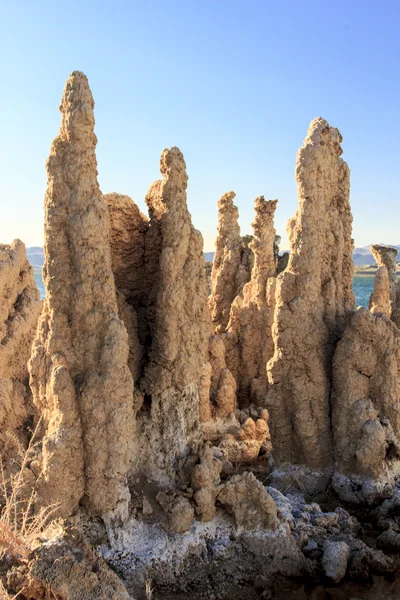
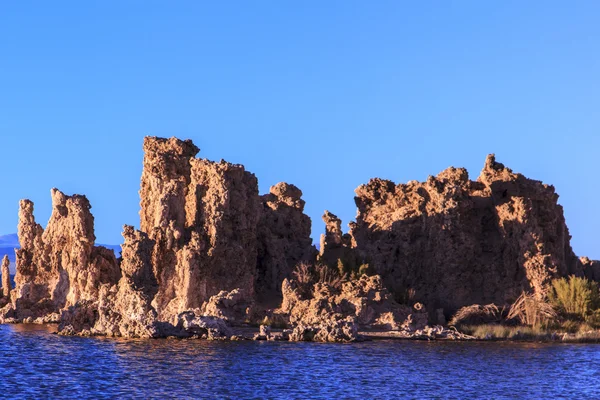
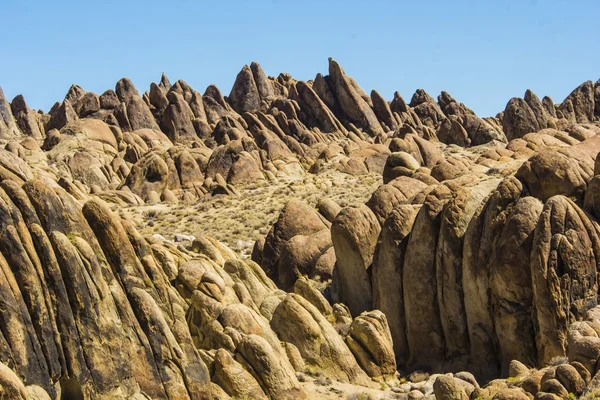
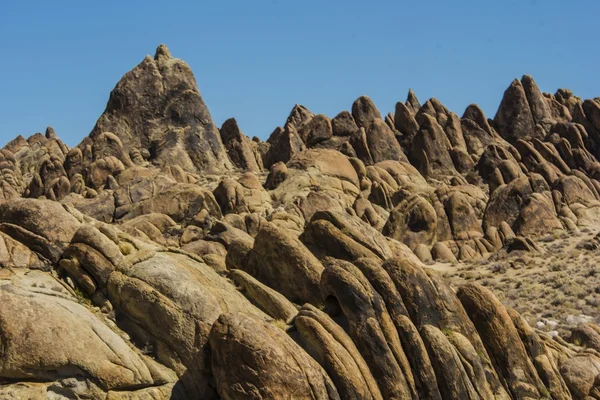
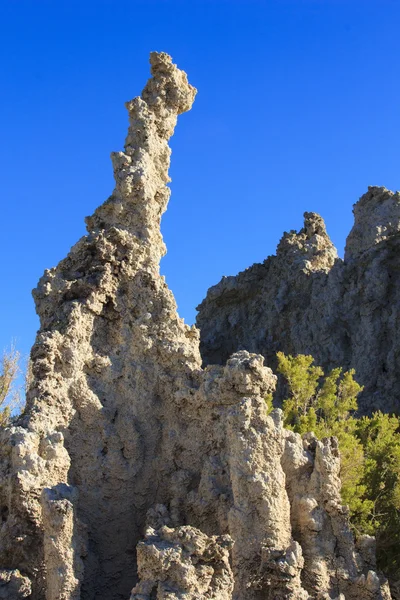
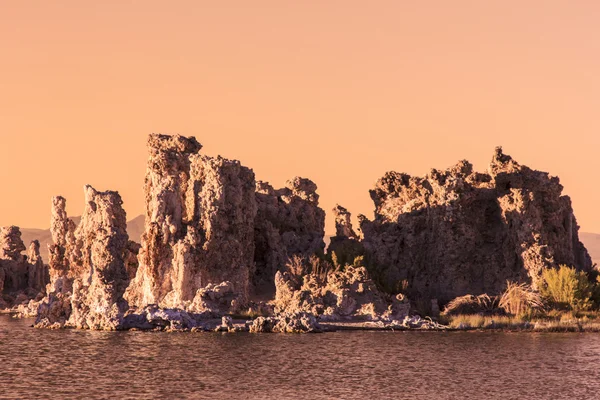
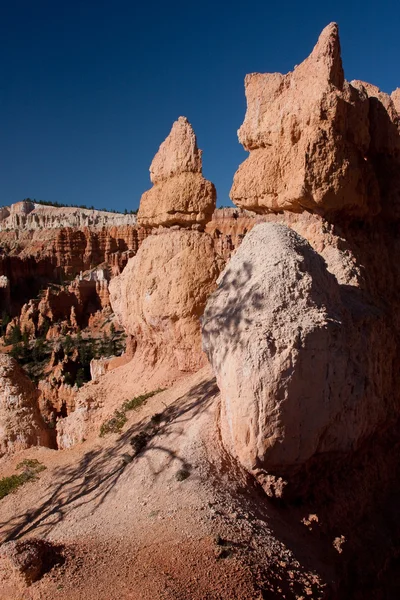
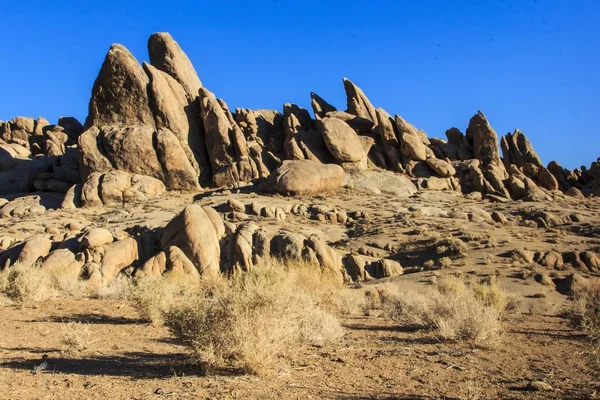
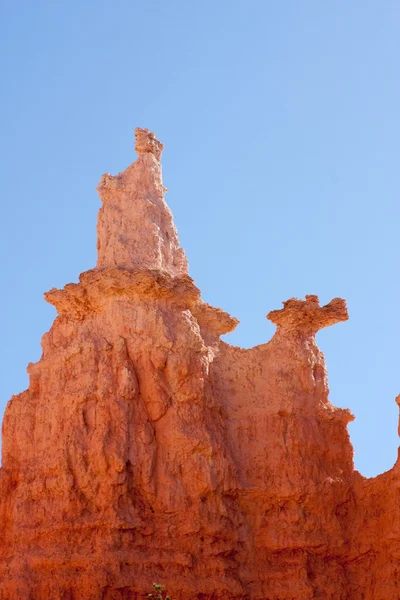
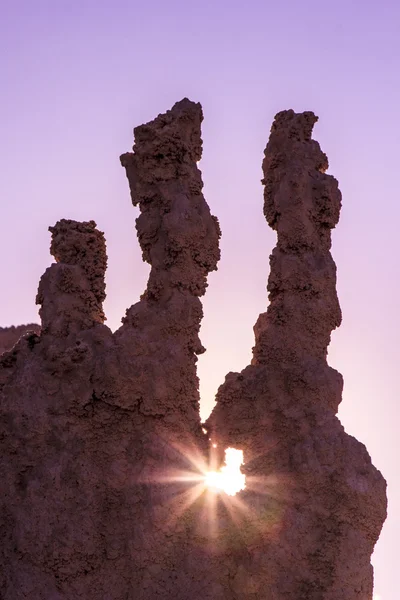
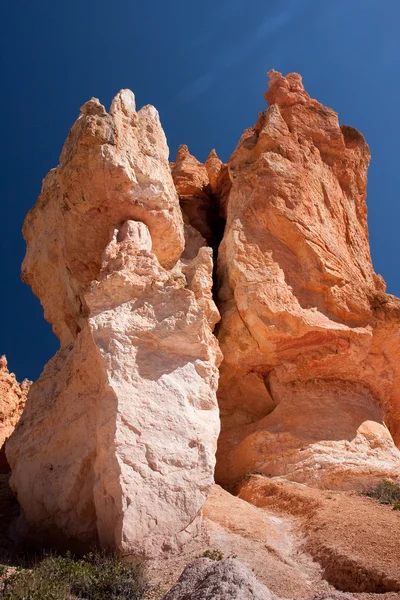
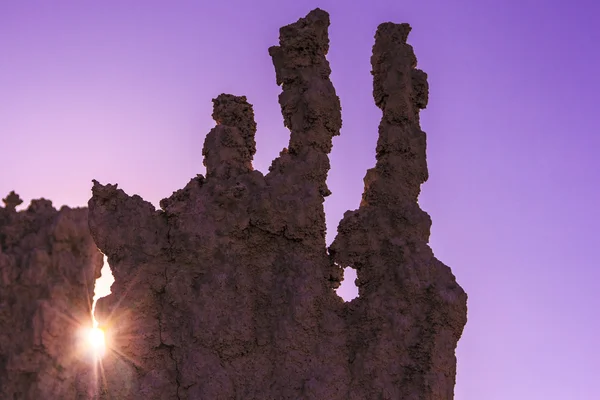
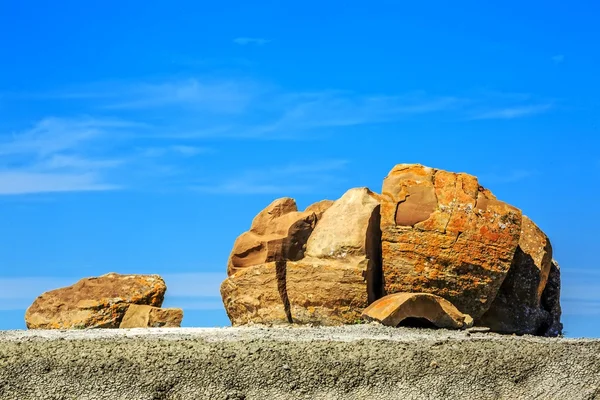
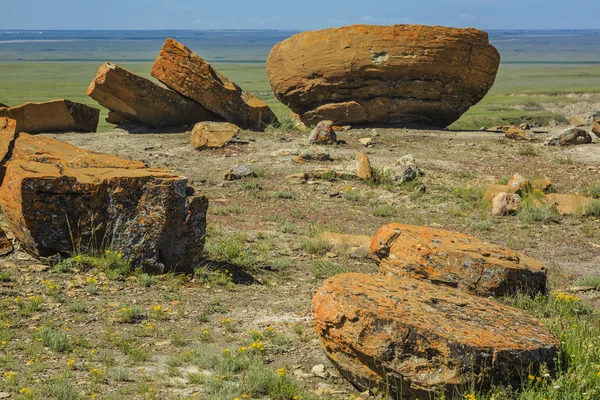
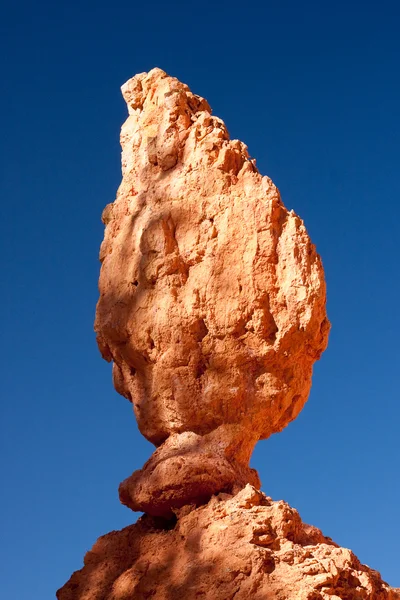
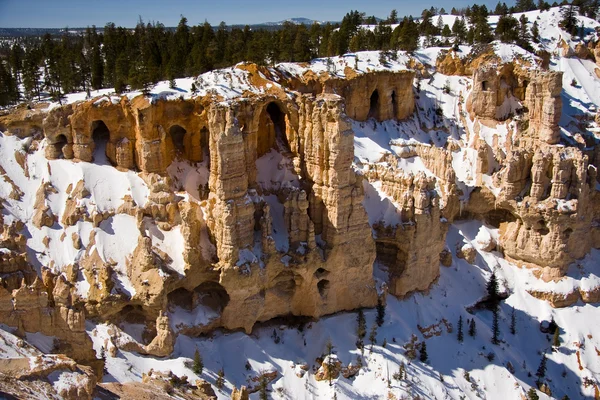
Usage Information
You can use this royalty-free photo "Mono Lake Tufas" for personal and commercial purposes according to the Standard or Extended License. The Standard License covers most use cases, including advertising, UI designs, and product packaging, and allows up to 500,000 print copies. The Extended License permits all use cases under the Standard License with unlimited print rights and allows you to use the downloaded stock images for merchandise, product resale, or free distribution.
You can buy this stock photo and download it in high resolution up to 5108x3405. Upload Date: Aug 26, 2012
